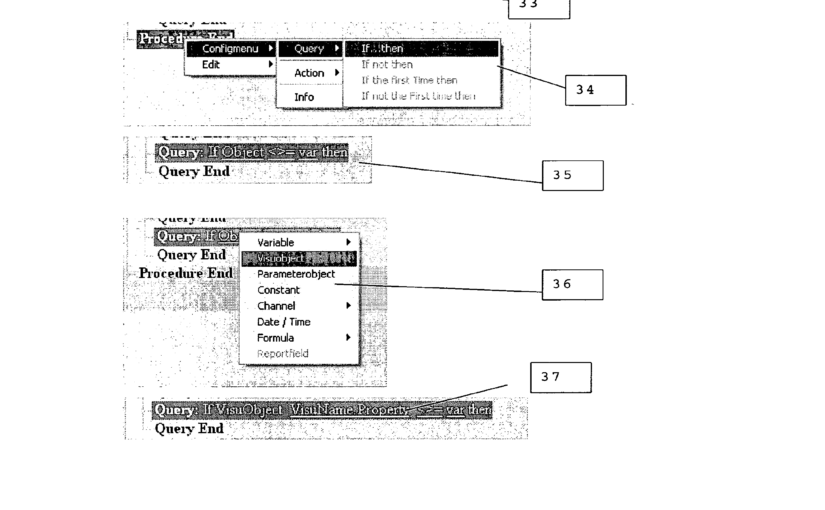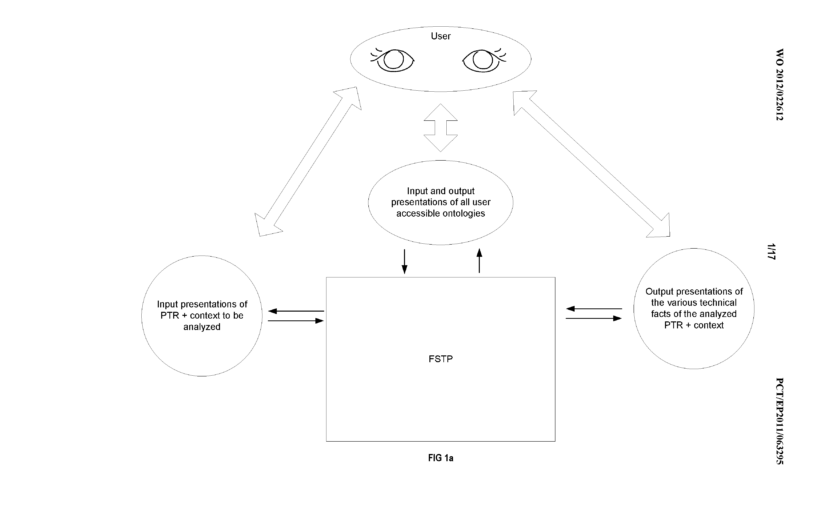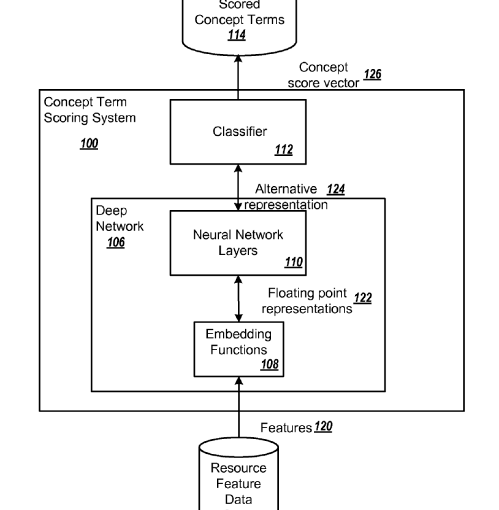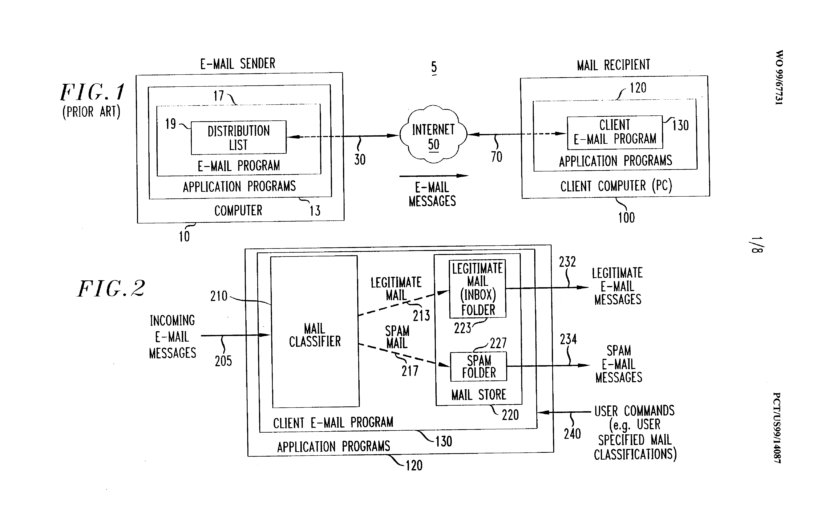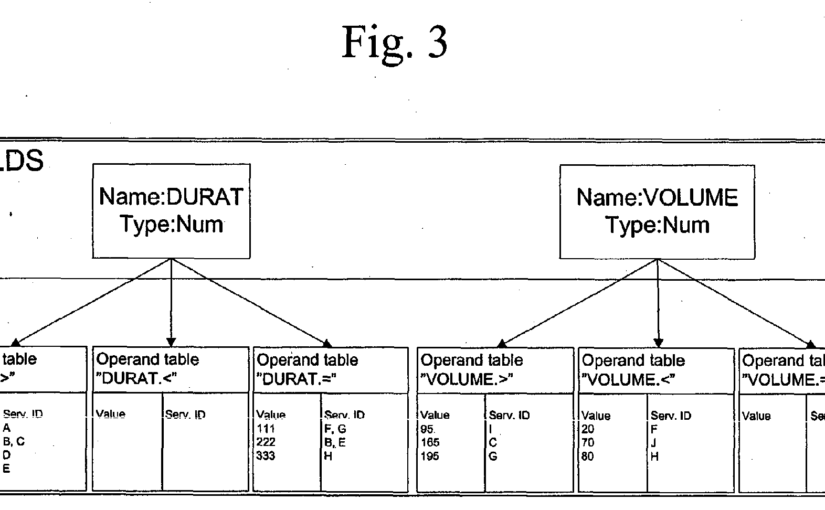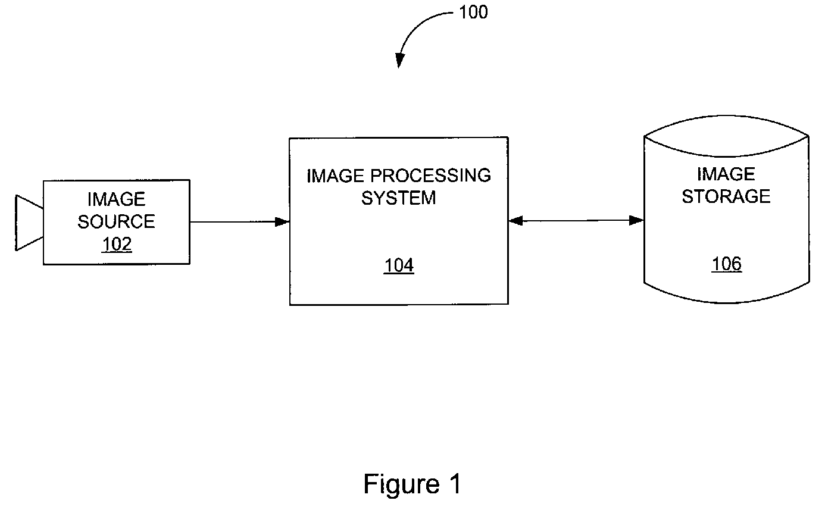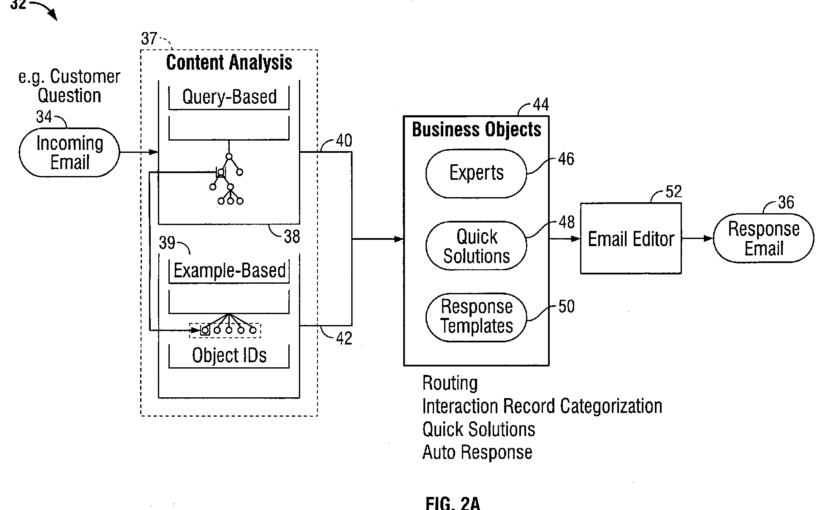In this decision the subject matter is a simulation for designing a wiring path. Claim 1 does not specify any further use of an output wiring path data of the simulation, further properties or specific data format that could limit the possible uses of the data. Therefore, the output data does not contribute to an “implied” technical effect that is to be taken into account in the assessment of inventive step. Furthermore, the distinguishing features do not include any inventive details of the computer implementation.
Object of the Invention:
- the application concerns an apparatus and method for aiding a design of wiring paths of wire harnesses in a three-dimensional space such as a vehicle body
- the design takes into consideration three-dimensional data of a body in which the wire harness is installed, a minimum bending radius of the wire harness which varies depending on a type and the number of wires to be bundled into a wire harness, and a type of the covering of the wire harness
- Claim 1 differs from the closest prior art in that
- a storing unit also stores a second minimum bending radius based on force of the worker’s hand
- a selecting unit selects the largest of the first and second minimum radii if they differ
Board I (inventive step – general considerations):
- Claim 1 concerns an apparatus for computer aided design of a wire harness wiring path which outputs “data on corrected wiring path” as a final result
- it thus relates to a design process which uses computer-implemented simulation to produce numerical data describing a wiring path
- the distinguishing features result in wiring path data being output by the apparatus which take into account the force of the worker’s hand
- the claimed subject-matter is thus analogous to a computer-implemented simulation of a technical system
- its patentability is to be assessed taking into account the criteria established by the recent decision G 1/19
- according to decision G 1/19, if a claimed process results in a set of numerical values, it depends on the further use of such data (which use can happen as a result of human intervention or automatically within a fwider technical process) whether a resulting technical effect can be considered in the inventive step assessment
- if such further use is not, at least implicitly, specified in the claim, it will be disregarded for this purpose
- calculated numerical data reflecting the physical behaviour of a system modelled in a computer usually cannot establish the technical character of an invention even if the calculated behaviour adequately reflects the behaviour of a real system underlying the simulation
- only in exceptional cases may such calculated effects be considered implied technical effects (for example, if the potential use of such data is limited to technical purposes)
- G 1/19 presents its conclusions for the application of the COMVIK approach to simulations
- it explains that the underlying models of the simulation may contribute to technicality if, for example, they form the basis for a further technical use of the outcomes of the simulation (e.g. a use having an impact on physical reality)
- in order to avoid patent protection being granted to non-patentable subject-matter, such further use has to be at least implicitly specified in the claim
- G 1/19 provides some examples of further technical uses of the numerical data resulting from a simulation, which under certain conditions may be potential uses, implicitly specified or implied by the claim
- one example is the use of the data in a manufacturing step, which “would of course be an argument in favour of patentability”
- another example of a further technical use is the use of the data in controlling a technical device, which can be recognised if the resulting numerical data is specifically adapted for “the purposes of its intended technical use“, i.e. for controlling a technical device
- in that case, the data is considered to have a technical character because it has the potential to cause technical effects
- either the technical effect that would result from the intended use of the data could be considered “implied” by the claim, or
- the intended use of the data (i.e. the use in connection with a technical device) could be considered to extend across substantially the whole scope of the claimed data processing method
- these arguments cannot be made if claimed data or data resulting from a claimed process has relevant uses other than the use with a technical device
Board II (inventive step):
- in support of inventive step, the appellant argued that the distinguishing features achieved a technical benefit over D1 by providing a wiring harness design capable of being installed simply and effectively in circumstances where a design output by the system of D1 would not
- by providing the second minimum radius based on the force achievable using an assembler’s hand, the invention was “able to generate the design of a wiring harness which is easier to manufacture, yet which also does not have excessive stress generated on it, and yet which is also of as short a distance as possible in order to reduce cost and weight, as well as potentially improve the reliability of the systems utilising that harness through shorter communications paths“
- the distinguishing features ensured the manufacturability of the design
Appellant I (inventive step):
- according G 1/19 the claimed invention produced data that allowed manufacturing the wire harness
- the numerical data produced by the claimed apparatus reflected the physical structure of the designed wiring path and not merely the physical behaviour of a simulated system
- the claim specified at least implicitly a further use of the designed wire harness which had an impact on physical reality, and therefore fulfilled the requirements expressed in G 1/19
- as with a claim to a bicycle that did not need to specify that the bicycle had two wheels, there had to be a limit to which features had to be specified in the claim for recognising the technical purpose
- the claim explicitly specified that the design aiding apparatus comprised a designing unit and that the wiring harness was installed in a vehicle body
- it was sufficient to show that the end result had, at least implicitly, a technical purpose
- it was clear from the claim that the technical area of the invention was the installation of the wiring harness along the path
Board III (inventive step):
- the board is however not convinced that the distinguishing features contribute to a technical effect in accordance with the criteria established by decision G 1/19
- the only purpose of the wire harness wiring path design aiding apparatus according to claim 1 is to output “data on corrected wiring path data”, which is numerical data about the wiring path design
- as explained above, the distinguishing features result in wiring path data being output by the apparatus which takes into account the force of the worker’s hand
- claim 1 does not specify any further use of the output wiring path data, further properties or specific data format that could limit the possible uses of the data
- in view of that, other relevant uses of the output data for non-technical purposes, for example informational, study or training purposes, are within the scope of the claim
- since the data can be output in any form or format, it cannot be considered to be specifically adapted for the purposes of an intended technical use
- in particular, the output data is not specifically adapted to be used in controlling a technical device or manufacturing a wiring path
- it can thus be concluded that the data produced by the apparatus of claim 1 is not limited to a further technical purpose and does not contribute to an “implied“ technical effect that is to be taken into account in the assessment
- furthermore, the distinguishing features do not include any inventive details of the computer implementation, and the appellant has not argued otherwise
- –> no inventive step


